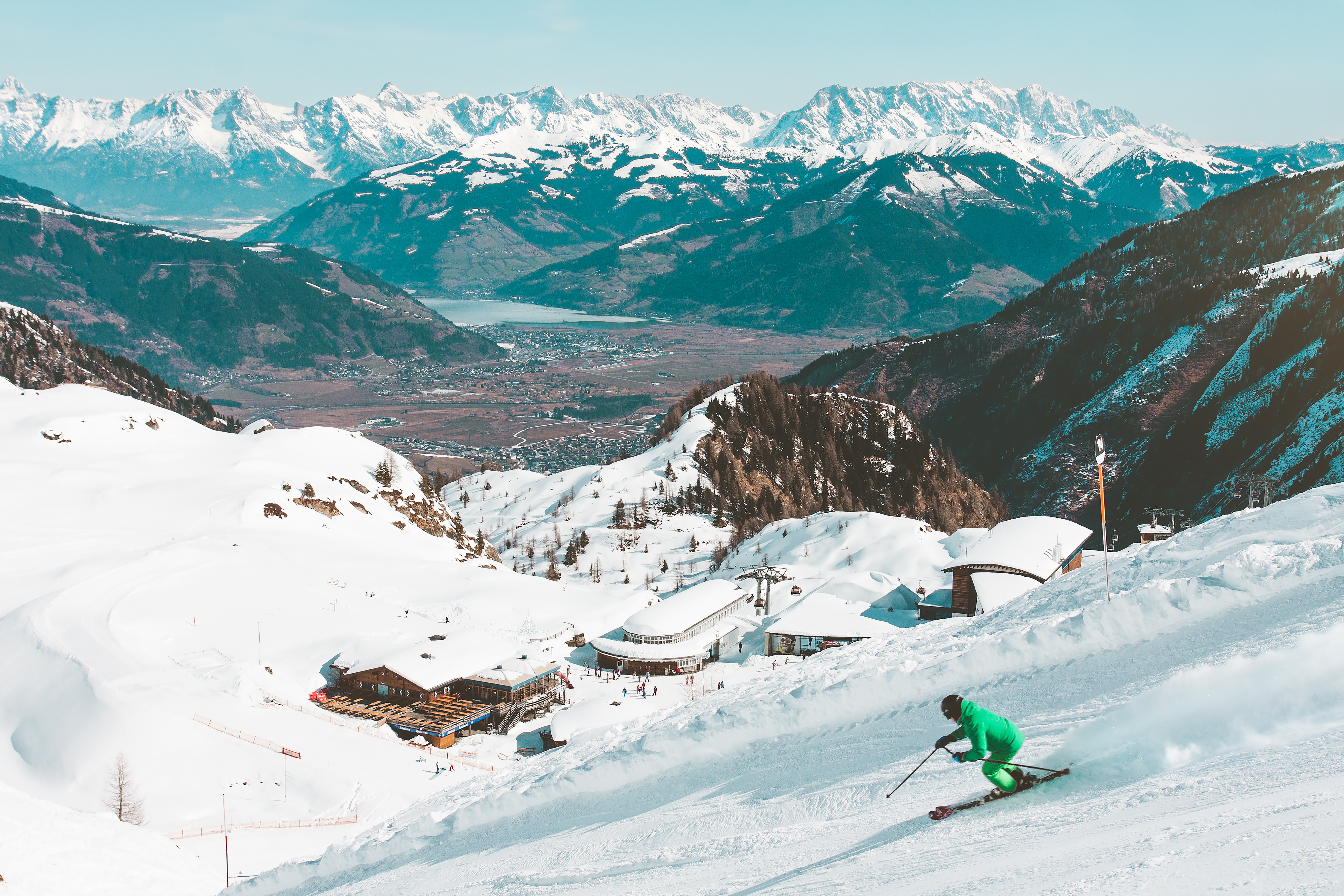Return to News & Updates

Ski and Snowboard Safety Tips

Skiing or snowboarding is a fun activity that offers participants the enjoyment of being in the great outdoors, excellent exercise, a chance for families to bond and the potential for injury. REMSA would like to offer some tips to keep snow enthusiasts safe on the slopes this winter
Tips for skiing and snowboarding:
- Obtain proper equipment. Be sure to have your ski or snowboard bindings adjusted correctly at a local ski shop. You can rent good ski or snowboarding equipment at resorts or local specialty retailers.
- ALWAYS WEAR A HELMET! Parents need to set a good example for their children by also wearing helmets.
- When buying skiwear, fabric should be water- and wind-resistant. Look for wind flaps to shield zippers, snug cuffs at wrists, collars that can be snuggled up to the chin and drawstrings that can be adjusted for comfort and keep wind out. Be sure to buy quality clothing and products.
- Dress in layers. Layering allows you to accommodate your body’s constant temperature changes. For example, dress in polypropylene underwear (top and bottoms), which feels good next to the skin, wicks moisture away, dries quickly, and keeps you warm. Wear a turtleneck, sweater and jacket.
- Be prepared. Mother Nature has a mind of her own. Bring a hat with you, 60 percent of heat-loss is through the head. Ski helmets, in addition to their safety duties, help retain heat. Wear gloves or mittens (mittens are usually better for those susceptible to cold hands).
- Clip a whistle and pin a light on your clothing or in a pocket. These two items can help alert others that you need help or help to locate you if you become lost.
- Wear sun protection. The sun reflects off the snow and is stronger than you think, even on cloudy days. Don’t forget about sunblock for your lips, too.
- Always wear eye protection. Have sunglasses and goggles with you.
Tips for while on the slopes:
- Take a lesson. Like anything, you’ll improve the most when you receive some guidance. The best way to become a good skier or snowboarder is to take a lesson from a qualified instructor.
- The key to successful skiing/snowboarding is control. To have it, you must be aware of your ability, the terrain and the skiers/snowboarders around you.
- Be aware of the snow and weather conditions and how they can change throughout the day. Snow can become very firm and create hard and fast runs. Begin a run slowly. Weather is a factor that must be considered at all times. Wind and blowing snow can make you disoriented and cause you to become lost on the hill.
- Skiing and snowboarding require a mental and physical presence.
- If you find yourself on a slope that exceeds your ability level, side step down the slope or if necessary, you may always remove your equipment and walk. Choose a path out of the way of other skiers or snowboarders.
- Drink plenty of water. Be careful not to become dehydrated.
- Curb alcohol consumption. Skiing and snowboarding do not mix well with alcohol or drugs.
- Know your limits. Stop before you become fatigued.
- Follow the “Your Responsibility Code,” the seven safety rules of the slopes:
- Always stay in control;
- People ahead of you have the right of way;
- Stop in a safe place for you and others;
- Whenever starting downhill or merging, look uphill and yield;
- Use devices to help prevent runaway equipment;
- Observe signs and warnings, and keep off closed trails;
- Know how to use the lifts safely.
- WEAR A HELMET!
